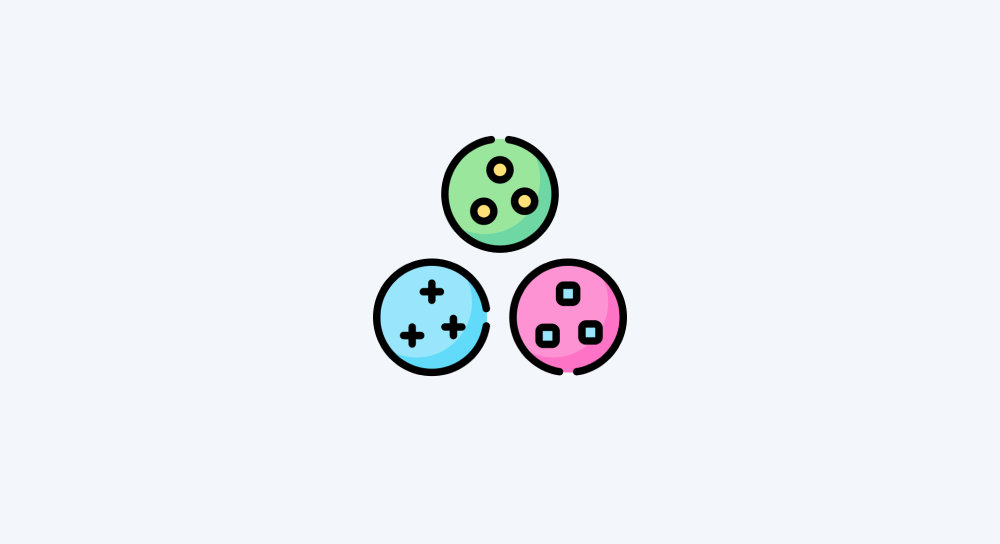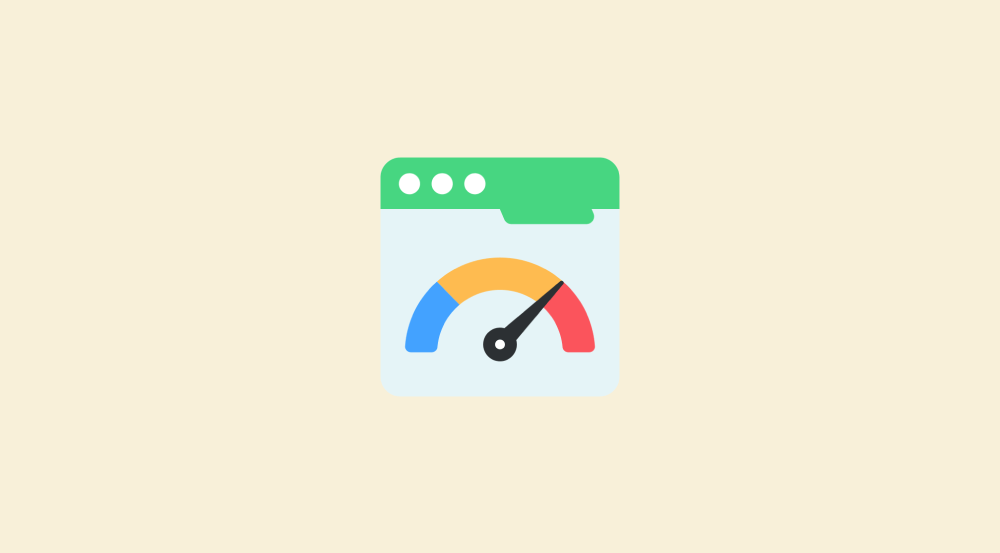Data In, Data out

Without input data, the automation has nothing to work with.
And without output data, the automation has no purpose.
So, any kind of task automation always revolves around:
- Gathering the input data to start the automation
- Producing the output data by processing the input data
- Finally, using the output data in some way to achieve the automation goal
Now that is clear, let's look at a couple of examples to understand how data flows in an automation.
Example 1: Instagram Follower Count
Question 1: What is the goal of the automation?
Answer: To check the progress of efforts we put into growing an Instagram profile and to generate a performance report.

Question 2: What kind of output does the automation need to produce?
Answer: Follower count of a profile
Note: We need to think about the desired output before collecting the input data to avoid unnecessary data preparation.
Question 3: What input data is required to generate output data like follower count, and how to gather it?
What do you think?
Come on, think.
…
…
“The username of the IG profile?”
Yep, correct answer!
To fetch the follower count of a profile, Instagram asks us to provide the profile's username because it acts like a unique ID for recognising a particular profile.
So…
Input data should be: The username of the Instagram(IG) profile. For example, tomcruise.
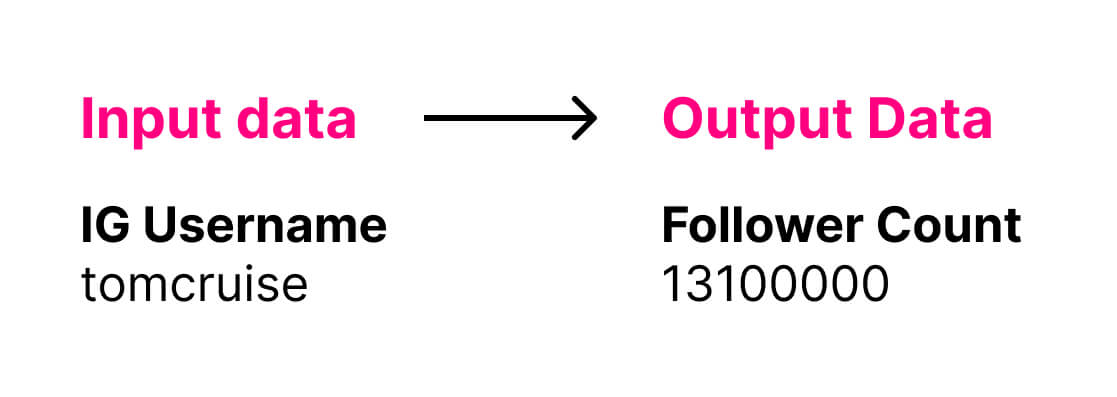
And how do you gather the usernames?
The answer to this question involves two more questions:
- Are you collecting the follower count of a single profile?
- Or multiple profiles?
If it is a single profile, you don't have to prepare any data source.
But if you're collecting data of multiple profiles, then you have to use a spreadsheet as the data source.
A spreadsheet tool like Google Sheets and Airtable allow us to create a spreadsheet for adding usernames and their follower counts.
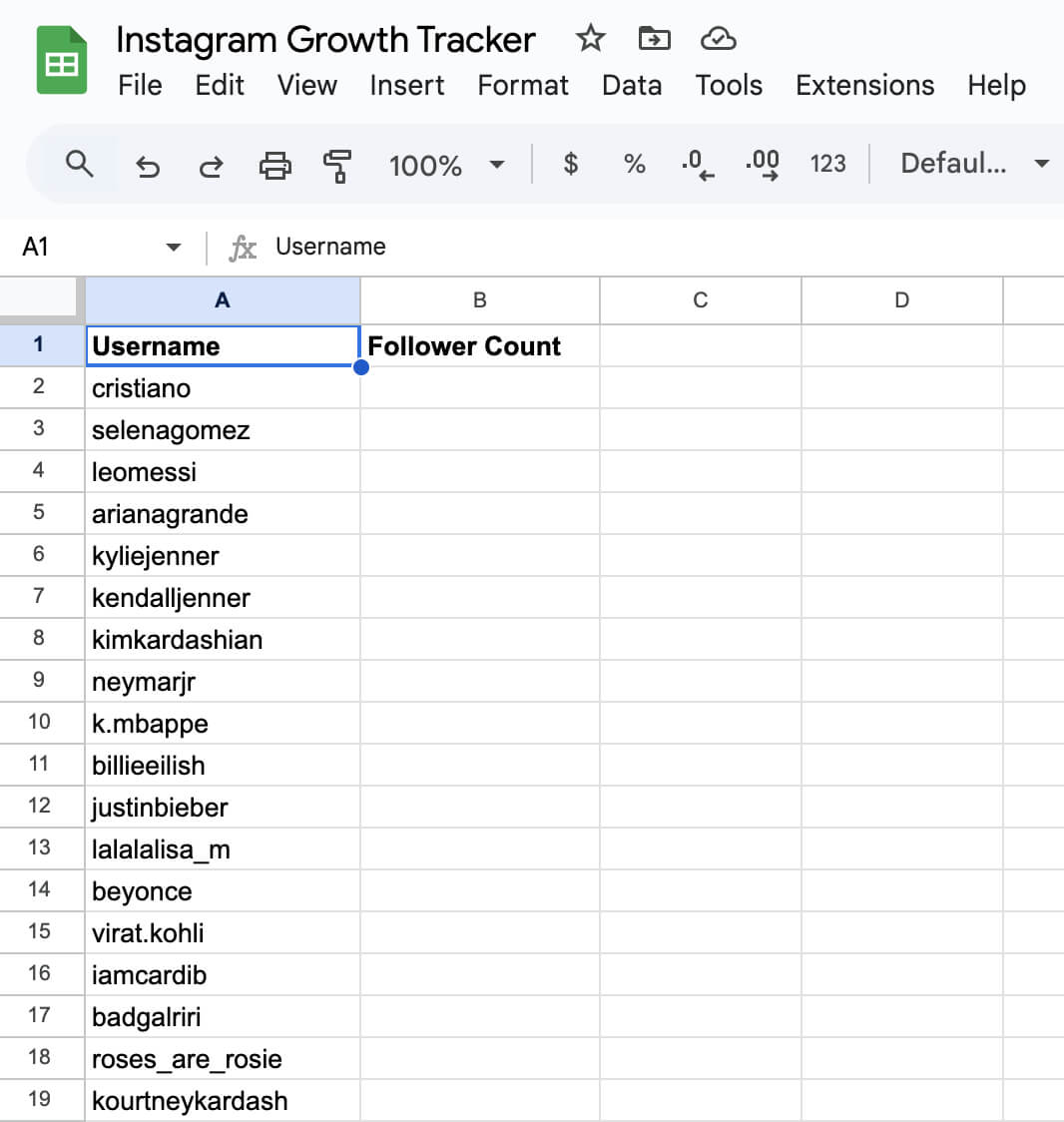
This way, the automation can use the Usernames from the spreadsheet to generate respective follower count (output data).
Question 4: Once the output data is produced, what do we do with it to achieve our goal?
I just want to put the follower count next to the respective username like this:
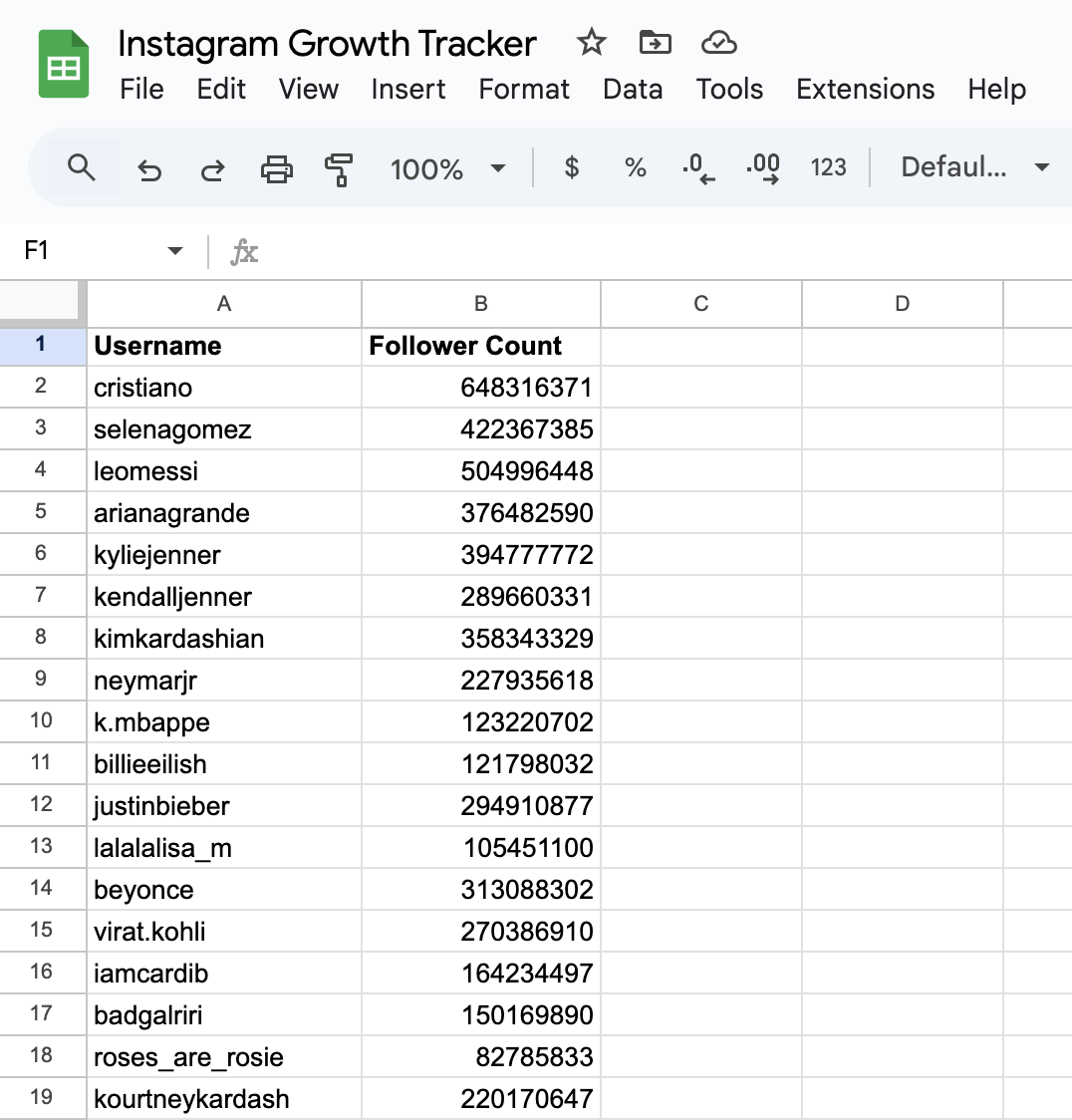
This way, it will be easy for me to track respective client's progress quickly, and it also makes it easy to generate a quick report for individual clients.
Anyway, can you see the advantage of answering key questions before building an automation?
By addressing these questions, we've mapped out every step, and this in turn makes the implementation easy with your favourite tool.
Throughout this course, we'll follow the same structured approach to designing and building automations.
Just to be on the same page…
Example 2: Resume Screener automation
Question 1: What is the goal of the automation?
Answer: To make things easy for the hiring team by generating an actionable report about each applicant:

Question 2: What kind of output does the automation need to produce?
Answer: Brief analysis of an applicant's resume and then providing a final recommendation, such as:
- Not Recommended
- Strong Hire
- Potential Hire
Question 3: What input data is required to generate a final recommendation for an applicant, and how to gather it?
- Full Name
- Email to provide them an update about their progress
- Opening position they are applying for
- Resume for assessing their skills and relevancy to the position they are applying for.
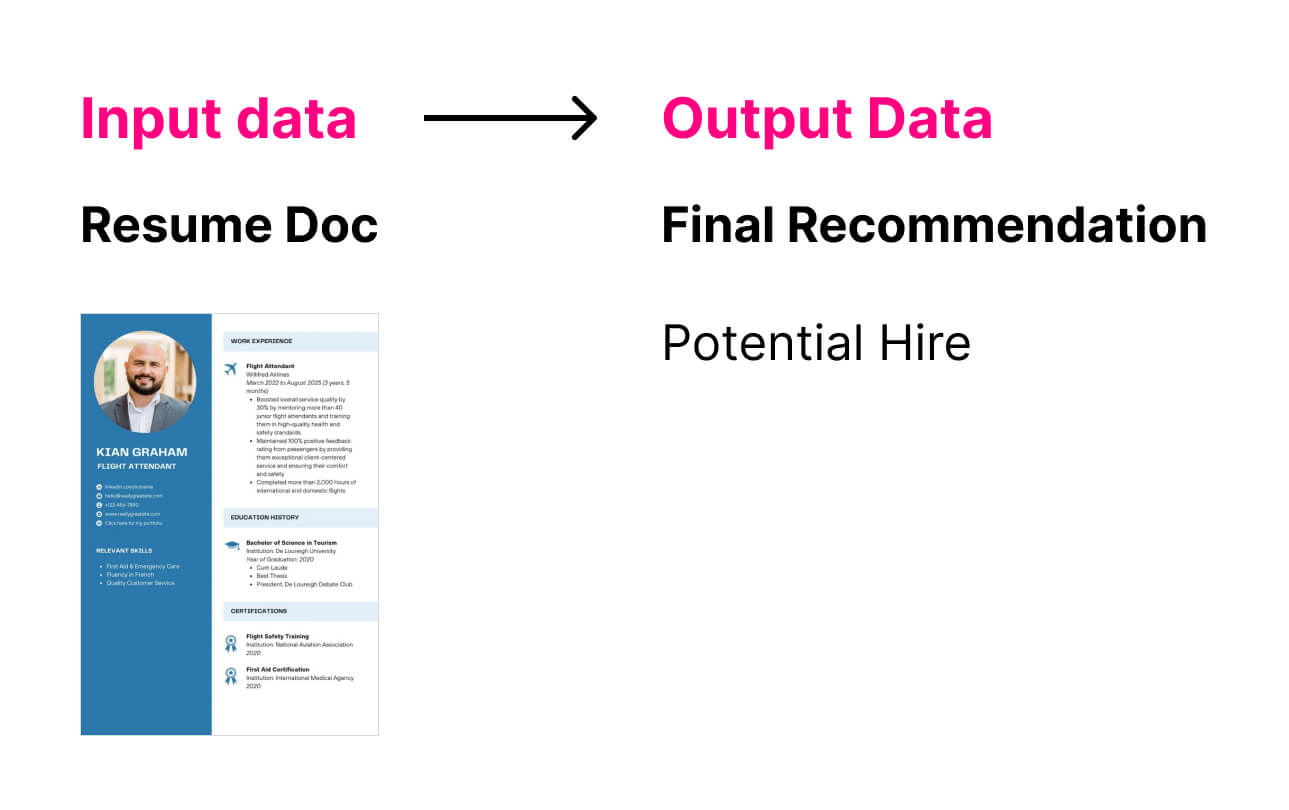
And how do you gather the applicant details and resume?
The gathering process for this use case is divided into two steps.
Step 1: We need to use a form builder platform like Tally to create a form and then ask the applicants to fill that form for submitting their details and resume:
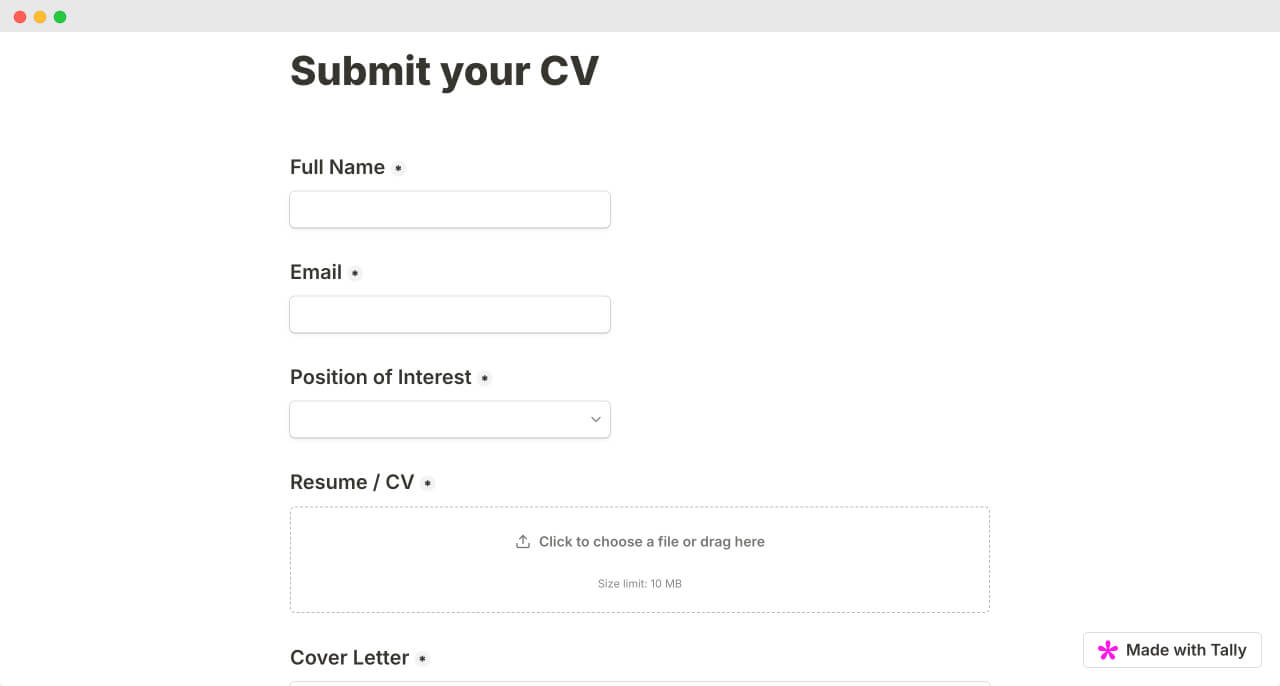
Step 2: As soon as a submission is received, the details and the resume of an applicant should be added to a spreadsheet:

The “Final Recommendation” column of the spreadsheet will be initially empty.
But once the applicant details are provided to an LLM like ChatGPT, it will analyse the details and provide final recommendation such as:
- Not Recommended
- Strong Hire
- Potential Hire
Question 4: Once the final recommendation of an applicant is produced, what do we do with it to achieve our goal?
Once the final recommendation is produced, we want to perform multiple things based on it.
First, we should update the “Final Recommendation” column for the respective applicant:

After that, If an applicant is not recommended, the applicant should receive the rejection email.
Finally, If an applicant is a strong hire, an automatic email must be sent to the hiring team with the details of the applicant.
This allows the hiring team to focus on worthy applicants first and then move on to other profiles.
Please remember that this automation is not a replacement for the employee who manages the hiring.
Tools like ChatGPT mess up.
So, at the end of the day, the hiring team should go through all the submissions to prevent potential candidates from being overlooked due to inaccurate evaluation by ChatGPT.
Anyway, by answering some key questions about a particular automation, we've mapped out every step and this in turn makes the implementation easy with your favourite tool like Make.com:

Nice, right?
What's next?
So far, We understood the importance of:
- Task automation
- Input data, output data, using the output data
- Data flow across an automation
But we are not yet ready to build our first automation yet.
We still need to understand the following concepts:
- APIs and how to permission to use them
- The role of automation tools make.com
In the next lesson, we will understand APIs and how they make automations possible.


